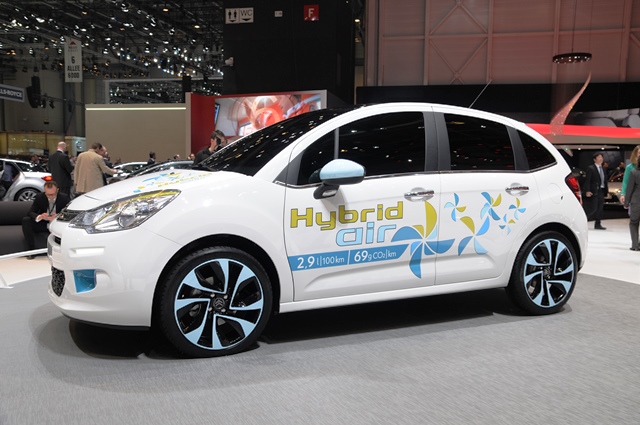A hybrid car is good; it has less of an impact on the environment than the average car and most of the time it gets better gas mileage. Electric cars don’t typically run on any gas, which is even better. Natural gas goes through less of a refining process than gasoline, but is not necessarily better for the environment. Hydrogen cars are getting closer – they use water to run, along with other elements depending on the company who dreams them up. The most amazing idea for fueling a vehicle is air.
As it turns out, an air-powered car may not be a pipe dream after all. Tata Motors has announced that it is beginning phase two of development to bring this technology to market. Lightweight cars powered only by air have made the rounds on the auto show circuit for the past two years. But since 2007, the Indian automotive manufacturer has been working with Motor Development International, which is pioneering this technology, to make this highly conceptual propulsion system a reality.
Tata has successfully demonstrated the compressed air engine concept in two of its vehicles, and will enter phase two of the partnership agreement. The next step for the car maker, which owns Land Rover and Jaguar and is famous for making the world’s cheapest car is to work with MDI to fine-tune the technology and processes needed to commercialize an air-powered car.
MDI has developed a handful of air-powered concepts, including the cutesy four-seater AirPod. It also makes slightly more conventional looking vehicles, such as the center-driven MiniCat and MiniFlowAir. The MiniFlowAir offers a 60-mile range when powered by air, or up to 550 miles when configured with a hybrid power train. MDI estimates that the MiniFlowAir could retail for 3,500 to 5,000 euros ($4,523 to $6,361). This projected MSRP is unthinkable in today’s markets and could have the potential to save the global economy that has been avoiding a major crisis by only a thread for about five years.



